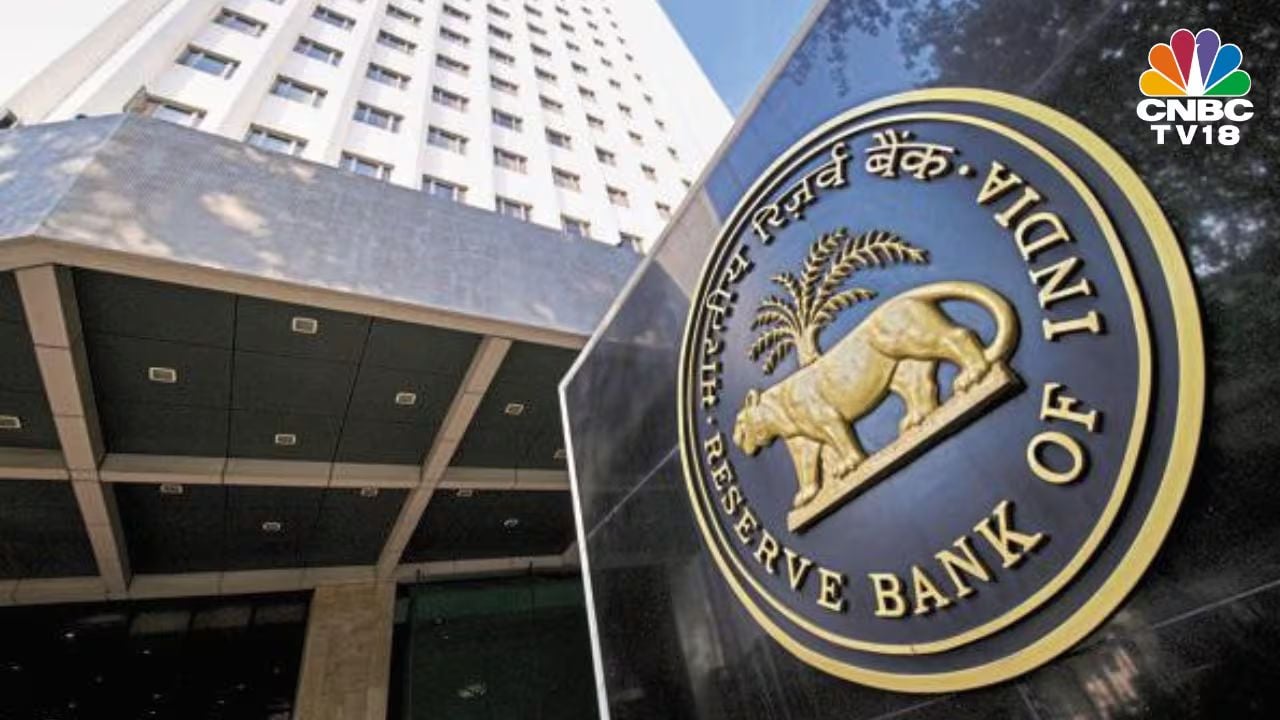The Indian central bank’s unprecedented liquidity injections have pushed a key overnight rate significantly below the benchmark, signalling deeper monetary easing. Banks’ weighted average call rate — an index for overnight borrowing costs — stood at 5.87% on Monday, 13 basis points below the policy rate, according to Clearing Corp.
of India data. This marks the 11th straight day, the longest stretch in five months. The Reserve Bank of India typically seeks to keep the overnight rate near its benchmark lending rate.

A decline in banks’ funding costs below the policy rate suggests that monetary easing on the ground has outpaced the central bank’s recent rate cuts. This signals the authority’s willingness to keep borrowing costs low to support economic growth amid ongoing tariff-related uncertainties. There’s been “a clear focus on the transmission of policy to the system,” Nomura Holdings Inc.
analysts wrote in a note. Lower overnight rates have in turn pulled down rates across the curve, with authorities last week selling 91-day treasury bills below the benchmark repo rate for the first time since February. The RBI cut interest rates by a quarter point to 6% on April 9, and changed its policy stance to “accommodative,” indicating more interest-rate cuts.
That followed a 25 basis point reduction in February, the first in about five years. The easing pushed the benchmark 10-year yield to a fresh three-year low of 6.32% on Monday.
The yield may drop to 6.25% by the end of this month “because there has been a key change in funding conditions,” said Rajeev Pawar, head of treasury at Ujjivan Small Finance Bank. Also Read: Nomura’s biggest deal since Lehman forms $770 billion unit.
Business

RBI’s cash boost helps trim borrowing costs more than rate cuts

Lower overnight rates have in turn pulled down rates across the curve, with authorities last week selling 91-day treasury bills below the benchmark repo rate for the first time since February.














